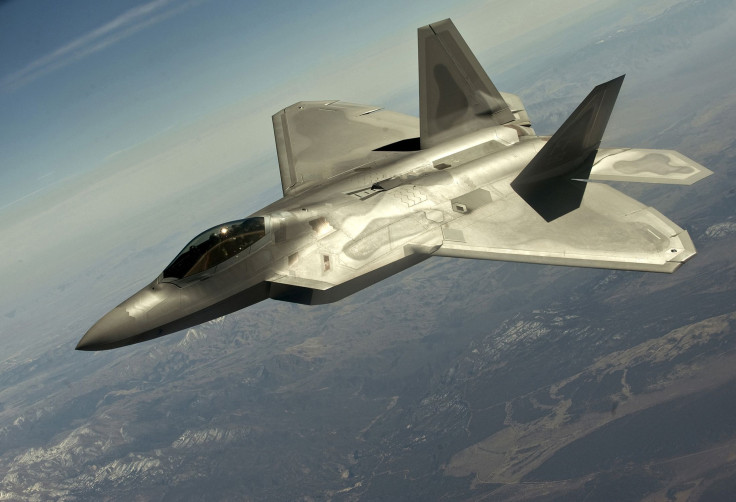Lockheed Wins $7B Contract Extension For F-22 Sustainment

KEY POINTS
- The $7 billion contract will run through 2032
- The original contract for 700 planes was halted at 200 because of costs
- The F-22 is the premiere aerial fighter in the world
- The F-35 was selected to fill the gaps left by the F-22 cost overrun
Lockheed Martin was awarded a contract modification worth $7 billion for the sustainment of the F-22, the premiere air defense fighter for the U.S. armed force. The deal extends the contract until December 31, 2032 - good news for the company that employs 105,000 people globally.
The contract will lead to a large uptake in work at five operational bases, according to Defense Blog. Apart from the Joint Base Elmendorf-Richardson, Alaska; Nellis Air Force Base, Nevada; Tyndall AFB, Florida; Joint Base Langley-Eustis, Virginia; and Joint Base Pearl Harbor-Hickam, Hawaii, additional support will take place at six locations in Edwards AFB, California; Palmdale, California; Hill AFB, Utah; Tinker AFB, Oklahoma; Sheppard AFB, Texas; and Warner Robins AFB, Georgia.
The unmatchable F-22 comes with a hefty price tag. Faced with an estimated cost of $150 million per aircraft, the U.S. Air Force had to slow production to wrangle in costs that were exceeding the project budget.
The budget woes forced the government to speed up the development of the less expensive F-35A ($94 million per plane). The two aircraft are very similar in design and also have identical uses, but the price point has been the rub. The aging fleet had to be replaced, and the F-22 became a specialty aircraft.
The original goal for the Air Force was to acquire 700 aircraft, but costs and a lack of conflict caused the project to be halted at about 200 aircraft. At $60,000 per flight hour, it makes sense. The contract extension is designed to support aircraft sustainment and allow the U.S. military to upkeep the aircraft that play a pivotal role in the Air Force of the 21st century.
© Copyright IBTimes 2024. All rights reserved.






















